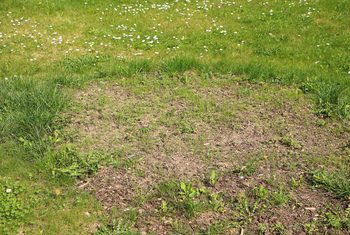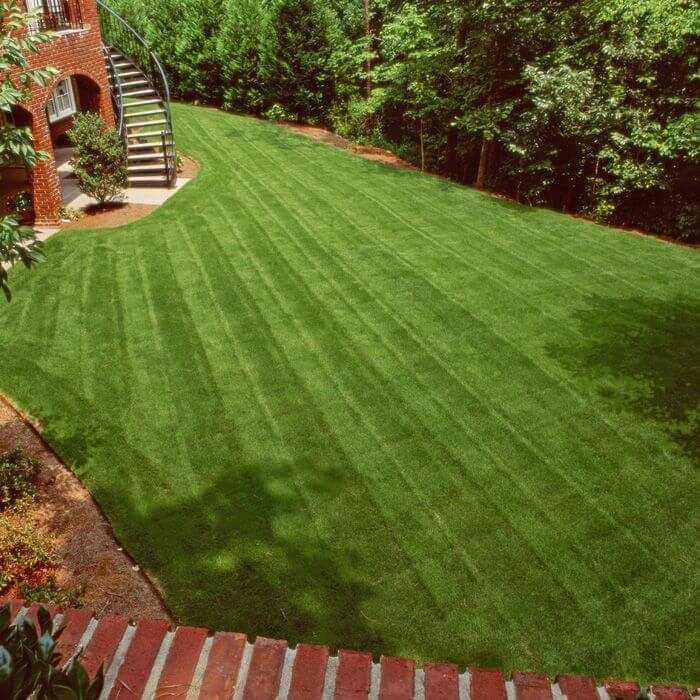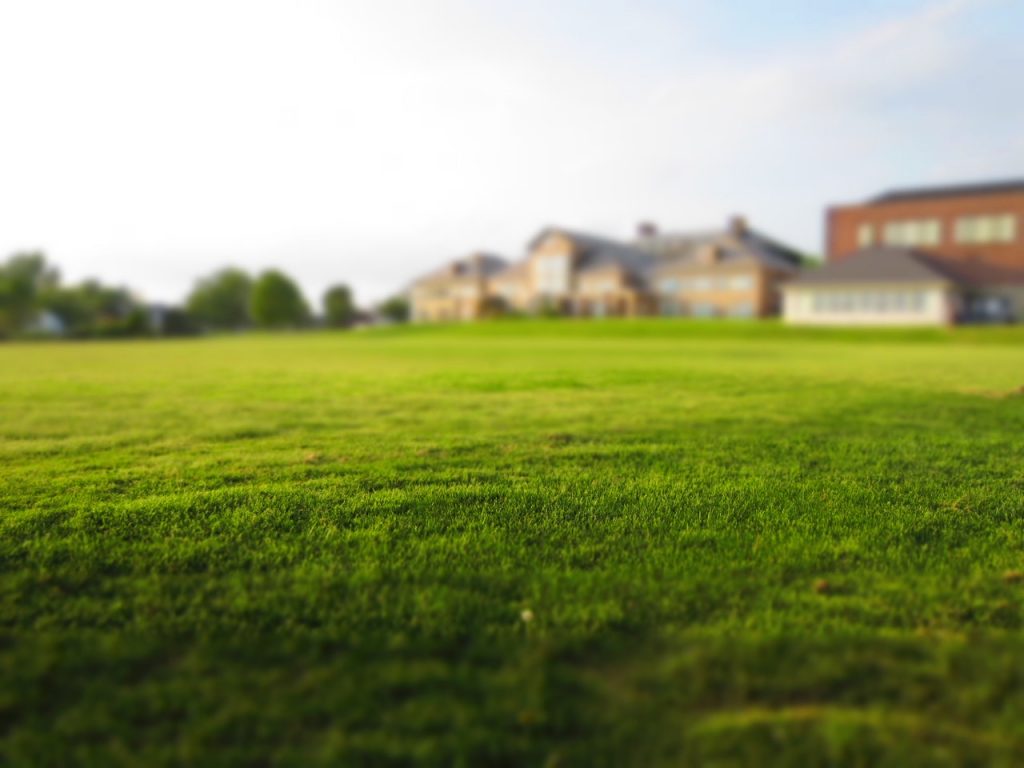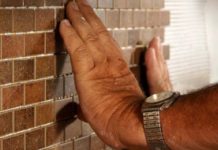Sprinkling grass seeds may seem like a simple task. However, if you want to have the best results, and why wouldn’t you, then you’ll need to follow some very simple steps. In this article, we will take a look at how to sprinkle grass seeds for two different types of garden.
Sprinkle Grass Seed On Bare Parts

The first thing you need to do is to remove the weeds, thatch, sticks, and stones from the lawn, and give the grass seeds space to shoot up. Make the soil loose in uncovered parts up to a depth of 1″ with a cultivator. On these areas, apply a grass fertilizer or some compost. If these parts are a lot compacted, loosen the soil up to 6″. You need to add peat moss after sprinkling the seeds.
Now that the ground is ready to sprinkle the grass seed on these bare areas by hand or hydraulic methods. Various seeds can be purchased for shaded areas and sunny areas. Also, based on the look you want, like thickness and color, different seeds can be used. After sprinkling the seeds, spray some water on the area.
On Entire Lawn

While seeding the entire lawn, mow the grass short. That provides the sprinkled seeds space to reach the soil. Now, if the ground is hard, the possibility of germination is less. So loosen the dirt. Apply an excellent organic material on the earth. Choose a new variety of seeds that resist insects and can withstand drought. Sprinkle the seeds by hand, a broadcast seeder, or mechanical seeder.
The sprinkled seeds must be even. Avoid seeding on windy days as it will blow the seeds to one area. The fertilizer that you add must be low in nitrogen, to avoid burning the seeds, and higher in phosphorus, which encourages root development.
Add a thin layer of compost over the seeds. Keep the seed moist. Hydroseeding means that a professional company sprinkles the grass seed and mulch mix on the lawn, and only watering has to be done. That is a more straightforward but costlier method.
Tips
- Keep the seeded areas moist until the seeds germinate.
- Keep birds away from the seeded areas using red tape.
- Ensure there’s a thin film of organic matter over the seeded area.
- Cover the bare area with plastic sheets placing some stones at the edges till little shoots grow up to 1″. The new grass will soon mix with the older grass.
- Rake your grass regularly as some existing grass gets removed, and is then substituted by the new grass.

Conclusion
The grass is a beautiful addition in the garden when it looks nice. That does not include bare patches of dirt. If you have any bare spots, then bear in mind the two tips that we have given you, and get your lawn back in shape.







